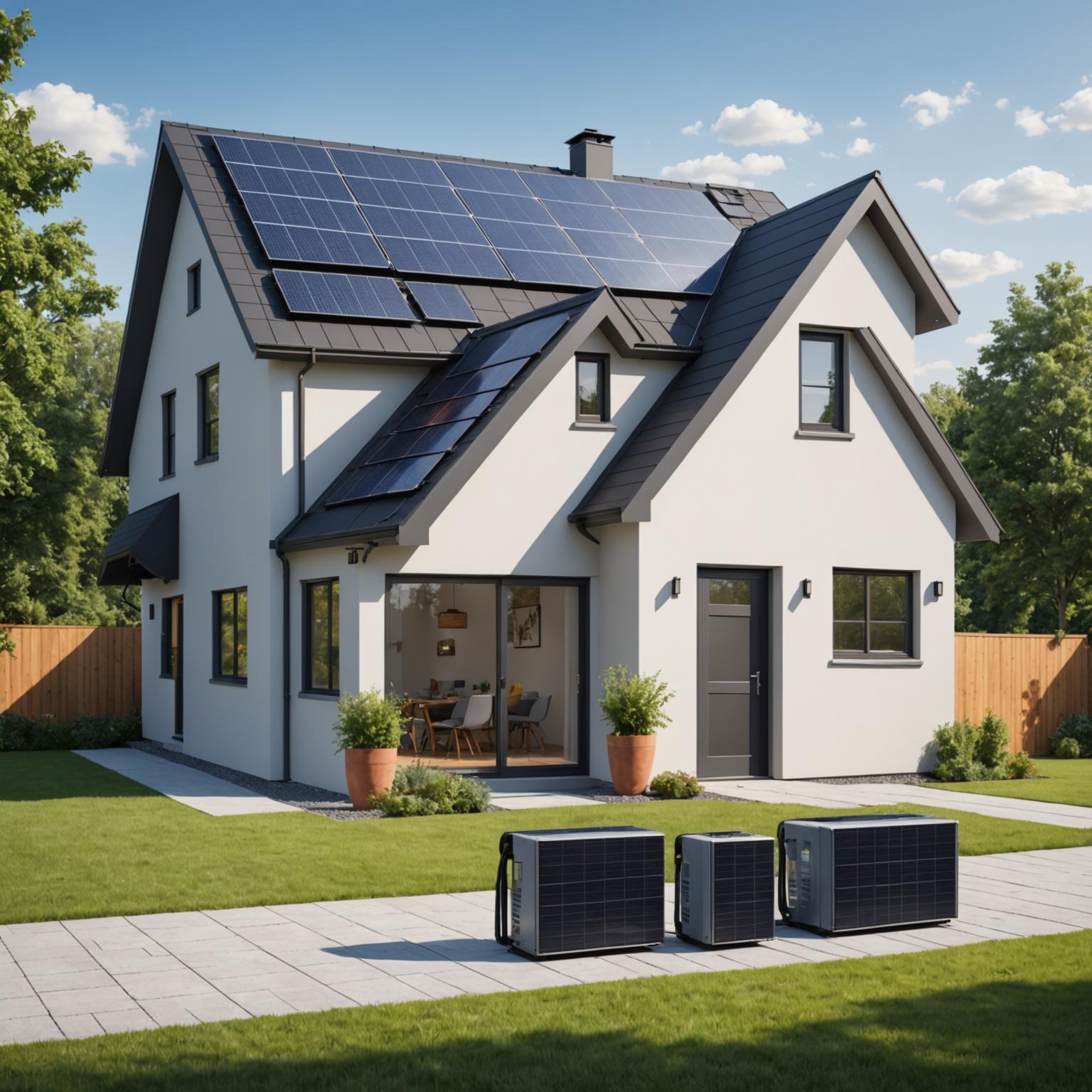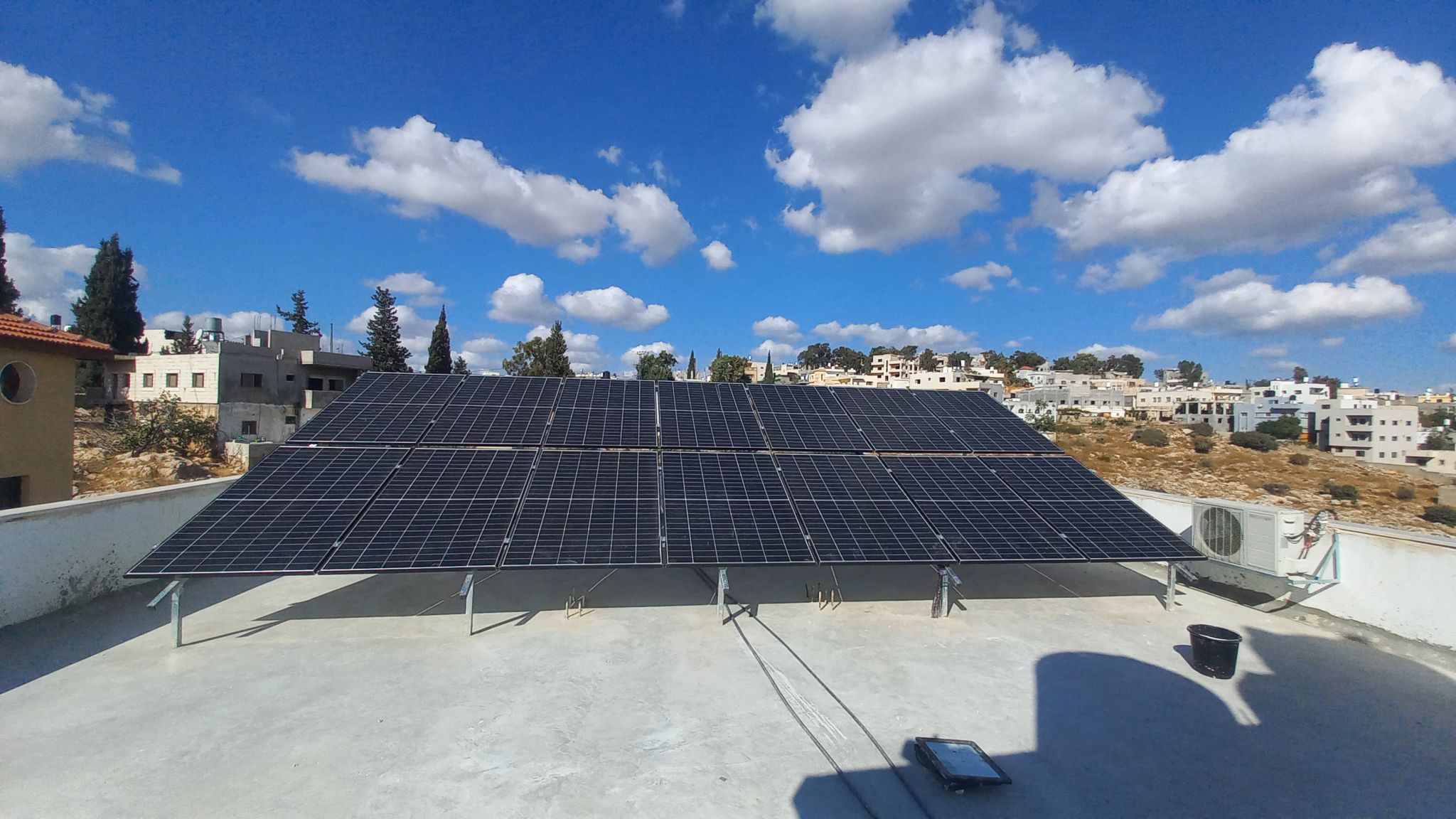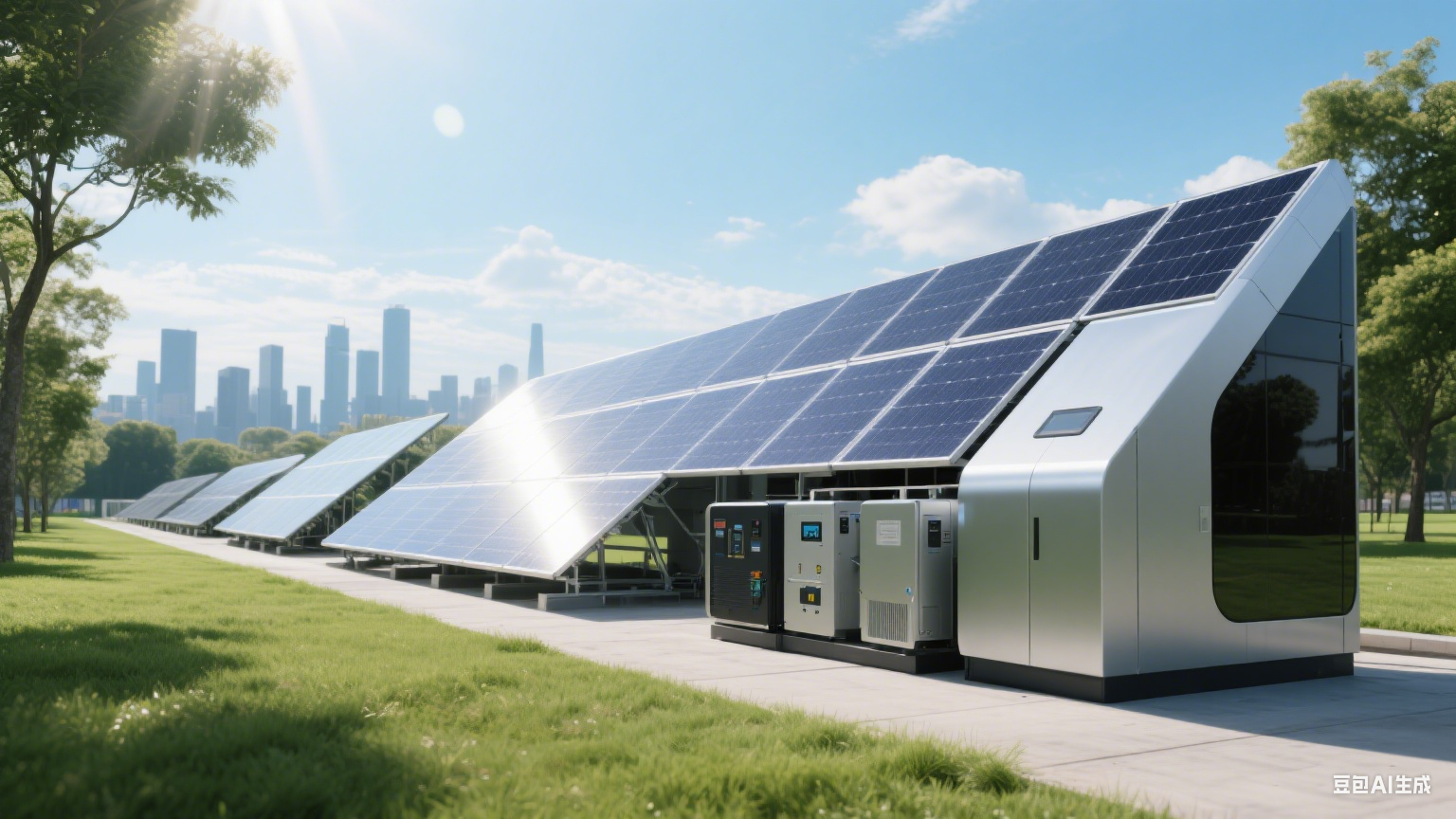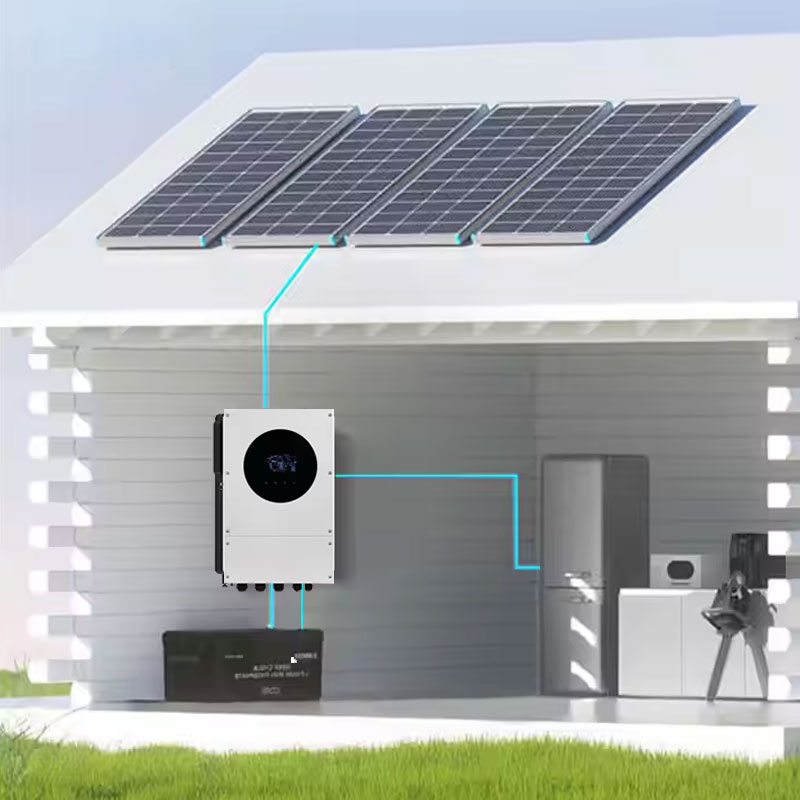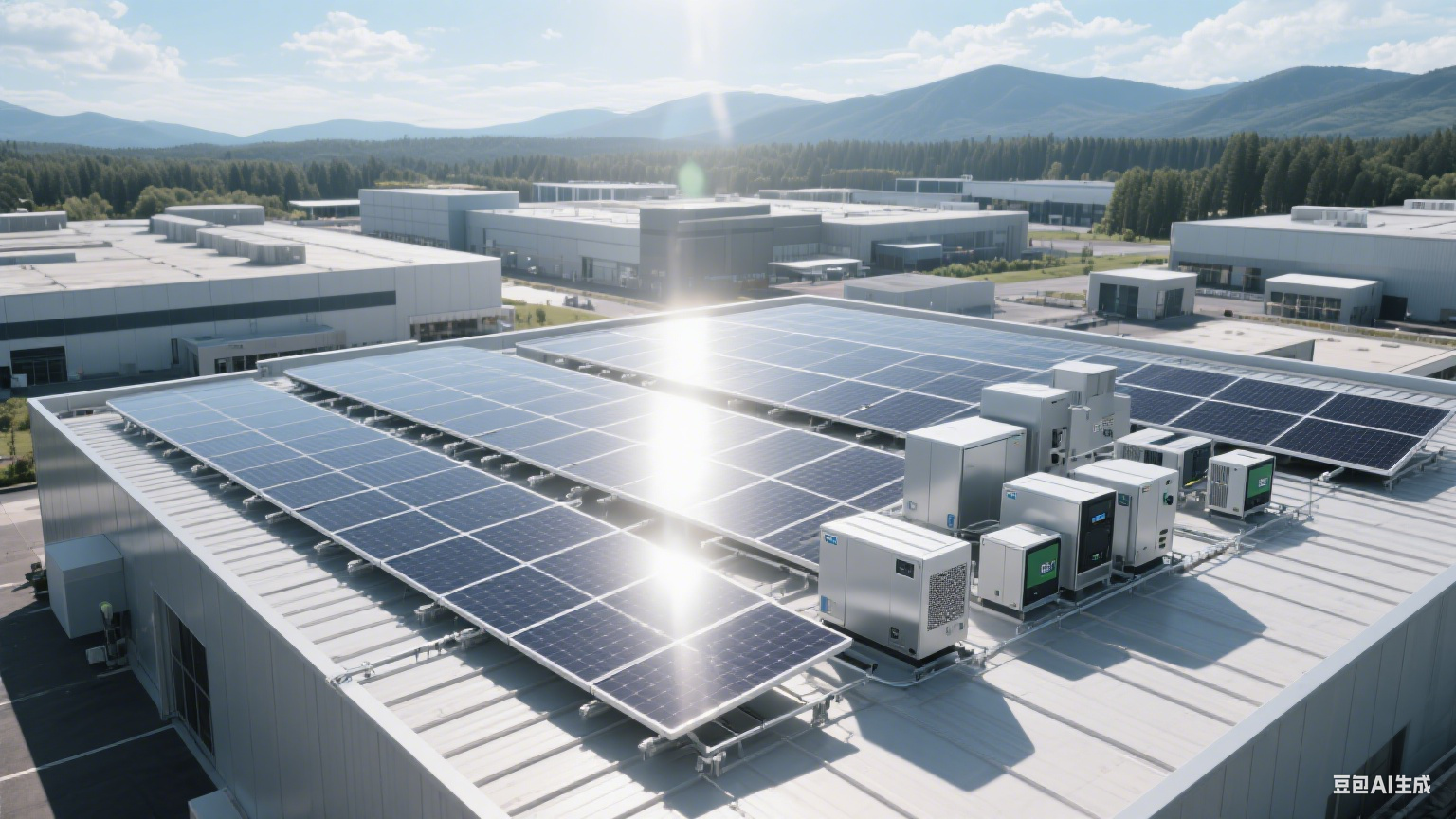Introduction
A hybrid solar system integrates the capabilities of both grid-tied and off-grid systems, allowing users to store excess solar energy in batteries while remaining connected to the utility grid. This setup provides energy security during outages, reduces reliance on the grid, and optimizes energy use. In this guide, we’ll explore the benefits, applications, and reasons why hybrid systems are becoming increasingly popular.
What Is a Hybrid Solar System?
A hybrid solar system combines three primary components: solar panels, a battery storage system, and a connection to the utility grid. It allows users to:
- Generate electricity from solar panels.
- Store excess energy in batteries for later use.
- Draw power from the grid during periods of high demand or when the batteries are depleted.
This combination provides energy flexibility, making hybrid systems ideal for homeowners and businesses seeking to reduce energy costs and ensure backup power.
Key Components of a Hybrid Solar System
a. Solar Panels
- Capture sunlight and convert it into direct current (DC) electricity.
b. Hybrid Inverter
- Converts DC electricity from solar panels into alternating current (AC) for appliances.
- Manages battery charging and discharging.
c. Battery Storage
- Stores excess solar energy for use during non-sunny periods or power outages.
d. Utility Grid Connection
- Ensures energy availability when solar and battery power are insufficient.
e. Monitoring System
- Tracks energy production, consumption, and battery status in real-time.
How Hybrid Solar Systems Work
- Daytime Energy Production: Solar panels generate electricity during the day.
- Battery Charging: Excess energy is stored in the batteries for later use.
- Grid Connection: When the batteries are full, surplus energy can be exported to the grid (depending on local net metering policies).
- Nighttime or Cloudy Days: The system draws power from the batteries. If the batteries are depleted, the grid provides backup power.
Benefits of Hybrid Solar Systems
a. Energy Independence
- Hybrid systems reduce dependence on the utility grid by storing solar energy for later use.
- Even during outages, batteries provide backup power for essential appliances.
b. Lower Energy Bills
- By using stored solar energy during peak demand times, users can avoid high electricity rates.
- In regions with net metering, excess energy can be sold back to the grid for credits.
c. Backup Power During Outages
- Hybrid systems provide a reliable energy source during blackouts, ensuring critical appliances remain operational.
d. Maximum Solar Utilization
- Unlike grid-tied systems, hybrid setups ensure excess solar energy is not wasted but stored and used later.
e. Environmental Impact
- Hybrid systems maximize the use of clean, renewable energy, reducing greenhouse gas emissions.
f. Scalability
- Hybrid systems are modular, allowing users to expand battery capacity or add more solar panels as energy needs grow.
Applications of Hybrid Solar Systems
a. Residential Use
- Example: A homeowner installs a 10kWh hybrid solar system to power appliances and provide backup during outages.
- Benefits: Lower bills, energy security during blackouts, and reduced reliance on the grid.
b. Commercial Use
- Example: A retail store uses a 50kWh hybrid system to offset daytime energy costs and ensure uninterrupted lighting during power failures.
- Benefits: Reduced operational costs and energy reliability.
c. Industrial Use
- Example: A manufacturing plant installs a hybrid system to support machinery during peak hours and provide backup power for critical processes.
- Benefits: Stable energy supply and significant cost savings.
d. Remote Areas and Off-Grid Applications
- Example: A remote cabin uses a hybrid system to store solar energy and reduce diesel generator reliance.
- Benefits: Energy independence and reduced fuel costs.
Factors to Consider When Choosing a Hybrid Solar System
a. Battery Capacity
- Select a battery size that meets your energy storage needs.
- Consider lithium-ion batteries for their long lifespan and high efficiency.
b. Solar Panel Output
- Ensure the system’s solar panels can generate enough energy to meet your daily consumption and charge the batteries.
c. Inverter Size
- Choose a hybrid inverter that matches the total output of your solar panels and batteries.
d. Budget
- Hybrid systems have higher upfront costs compared to grid-tied systems, but the long-term savings and energy security make them a worthwhile investment.
e. Net Metering Policies
- Check your local net metering regulations to understand how excess energy is credited or compensated.
f. Monitoring Systems
- Use advanced monitoring tools to track energy production, usage, and battery status in real-time.
Why Choose Thlinkpower for Hybrid Solar Systems?
At Thlinkpower, we provide advanced hybrid solar systems designed to maximize energy efficiency and reliability.
Our Advantages
- High-Performance Systems: Industry-leading solar panels, inverters, and batteries.
- Custom Solutions: Tailored designs for residential, commercial, and industrial applications.
- Certified Quality: TÜV and CE-certified products for safety and durability.
- Comprehensive Support: Pre-sales consultation, installation guidance, and after-sales service.
Popular Products
- Thlinkpower Hybrid Inverters: Seamlessly integrate solar panels, batteries, and grid power.
- Lithium-Ion Batteries: Durable and efficient storage solutions for hybrid systems.
- Complete Hybrid Kits: All-in-one packages for easy installation and setup.
Frequently Asked Questions
Q1: How much does a hybrid solar system cost?
- Costs depend on system size and components. Residential setups typically range from $10,000 to $20,000, excluding incentives.
Q2: How long do hybrid solar systems last?
- Solar panels last 20–25 years, while batteries and inverters may need replacement after 10–15 years.
Q3: Can I add batteries to my existing solar system?
- Yes, with a hybrid inverter, you can add batteries to a grid-tied system.
Q4: Are hybrid solar systems worth the investment?
- Hybrid systems are ideal for those seeking energy independence, lower bills, and backup power during outages.
Q5: What type of battery is best for hybrid systems?
- Lithium-ion batteries offer the best performance, lifespan, and efficiency for hybrid setups.
Contact Us
Interested in a hybrid solar system? Thlinkpower provides expert guidance and high-quality solutions tailored to your needs.
- Phone: +86-18157449065
- Email: thlink5@thlinkpower.com
- Address: Lijiaqiao Village, Gulin Town, Haishu District, Ningbo City, Zhejiang Province
- Website: [https://xl-b.pinshop.com/]

